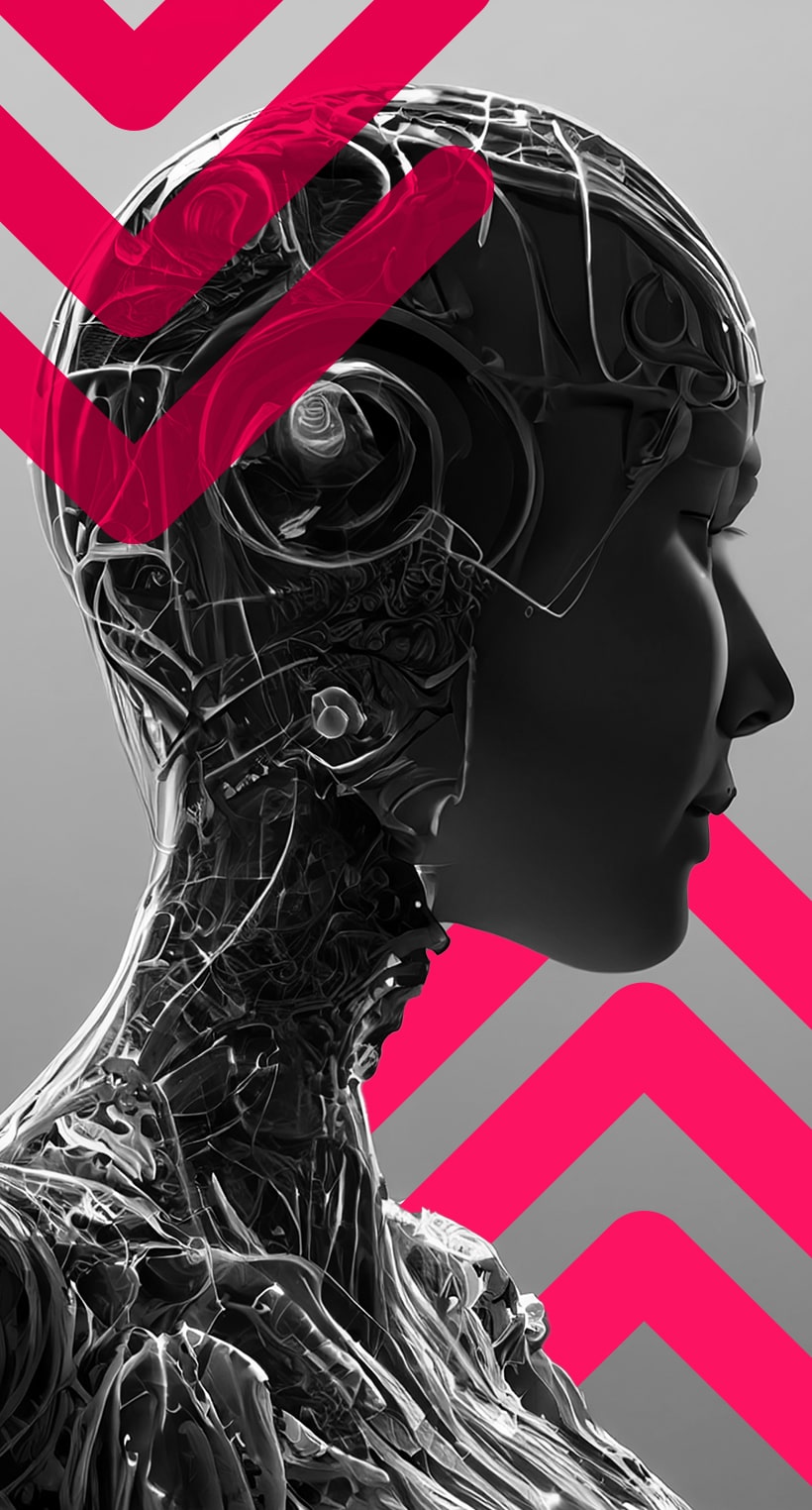As healthcare providers grapple with the decision to adopt AI, the industry is experiencing a noticeable lag in progress when compared with other sectors. The hesitation to integrate AI into healthcare systems could have long-lasting effects for the whole industry, and certainly for those individual practices and organisations left behind.
To understand the scope of AI’s influence in healthcare (or the lack thereof), consider the twin maxims of patient care and diagnostics: precision and efficiency. The potential for AI to enhance both of these attributes is unequalled, with techniques such personalised treatment plans or real-time monitoring of patient health. Sadly, ignoring these opportunities doesn’t just impede progress or research; it compromises the quality of care patients could receive.
Diagnostics is, perhaps, the hardest-struck area of healthcare when AI is kept on the backburner. Advanced AI algorithms can swiftly analyse vast datasets, leading to quicker and more accurate diagnostics. To understand the relevance of AI in this context better, think of a patient awaiting a diagnosis while traditional methods are employed, relying on manual analysis of medical imaging. The life-cost of delayed AI adoption becomes palpable as the patient experiences prolonged uncertainty, while their counterpart under the care of an organisation which has adopted AI is already receiving the time-critical treatment that may change, or indeed save, their life.
The scale of the choice ahead is so vast, it would not be far-fetched to say the whole healthcare industry is facing an AI emergency. This is because the gap in quality and efficiency between those embracing AI and those lagging behind is expanding, creating a significant divide that directly impacts both patients and caregivers.
Quality of care, regardless of diagnosis timeframes, is also on the line: a provider slow to embrace AI inevitably struggles to offer personalised care plans, while other forward-thinking institutions that utilise AI to analyse patient data are already implementing tailored treatments that consider individual variations in genetics, lifestyle, and medical history. The impact on quality of care is evident. Delayed AI adoption hampers a provider’s ability to leverage AI-driven tools for patient engagement, preventive care, and chronic disease management. Patients miss out on the benefits of remote monitoring and real-time interventions, leading to a less efficient and patient-centric healthcare experience.
It is important to stress that we are not merely entering an era where technology can be a powerful ally in healthcare—we’re already neck-deep in it. As such, providers who postpone embracing AI an stick to outdated processes will soon be unable to match the personalised treatment options implemented by competitors. Falling short in meeting the evolving
expectations of patients is the next stage. Consider a patient grappling with a chronic condition. In a healthcare ecosystem slow to adopt AI, the lack of personalised treatment plans based on AI-driven predictive analytics can miss out on a range of factors unique to the patient that should modify the way their treatment is prescribed. The patient misses out on a tailored care approach that could enhance their quality of life and potentially prevent avoidable complications.
Moreover, in the absence of AI-driven real-time monitoring, healthcare providers may struggle to detect subtle changes in a patient’s condition, leading to delayed interventions and suboptimal care.
On a bureaucratic level (not so exciting, sure, but necessary for the important bits to function) the entire efficiency of healthcare systems is at stake. Those slow to integrate AI into their operating systems will face challenges in streamlining operations, optimising resource allocation and, ultimately, providing a service worthy of our times. Let’s illustrate this with a practical scenario where a healthcare system such as the NHS hesitates to integrate AI into its operations. Electronic Health Records (EHRs) remain underutilised, and the potential for predictive analytics to identify high-risk patients is left untapped. In this environment, clinicians lack the timely insights AI could provide, resulting in missed opportunities to intervene early and begin treatments at the crucial early stages. Needless to say, this also results in higher costs in the long term.
As it does, the life and monetary costs of slow AI adoption in healthcare are interconnected. This is perhaps especially true for public entities, where the financial strain is tangible in delayed interventions, increased dependence on expensive emergency care, and broader societal costs associated with untreated chronic conditions and preventable hospitalisations.
And that brings us to another important issue to consider: the efficiency of healthcare providers themselves. They are the cornerstone of our healthcare systems, and we all benefit from them being available to focus on their actual calling. Unfortunately, the administrative burden of manual paperwork, inefficient resource allocation, and the inability to harness AI for streamlining operations often deprive them of precious time better spent on tending to their patients. In contrast, organisations embracing AI experience improved efficiency, reduced administrative overhead, and enhanced resource allocation.
The life-cost of slow AI adoption in healthcare is not just theoretical; it’s a practical reality with tangible consequences. From missed opportunities in patient care to inefficiencies in diagnostics, the impact is felt across all healthcare institutions, whether they are big, small, public, or private. The crossroads where healthcare providers stand is the most relevant they have faced in decades: the practical benefits of embracing AI translate into enhanced patient care, improved diagnostics, and overall operational efficiency. It’s not much of a choice when lives are at stake.
;)
;)
;)